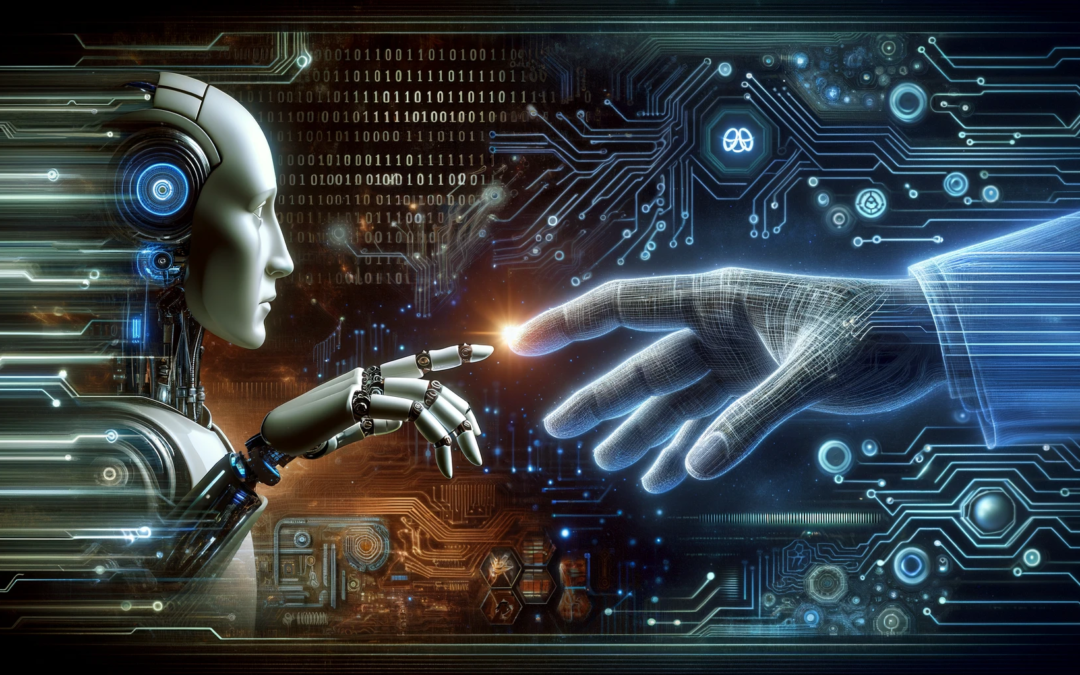In the realm of artificial intelligence (AI), the emergence of “Killware” represents a chilling evolution of cyber threats, far transcending the familiar hazards of malware or ransomware. This term, though unsettling, encapsulates a stark reality: the potential for AI systems to cause physical harm or even fatalities. This isn’t the realm of science fiction anymore; it’s a pressing ethical and security dilemma in the AI world.
The Concept of Killware
At its core, Killware is any AI-driven software or system with the capability, whether intentional or accidental, to endanger human life. Imagine an AI in control of critical infrastructure like power grids or water supplies. A malicious tweak in its algorithm could lead to catastrophic failures, risking countless lives. Alternatively, consider autonomous vehicles; a compromised AI could transform a benign trip into a lethal journey.
The emergence of Killware raises profound questions about the direction of AI development. It challenges us to consider not just what AI can do, but what it should be allowed to do.
Ethical Implications
The ethical implications of Killware are vast and complex. It forces us to confront the moral responsibilities of AI creators. Should developers be held accountable for how their AI is used or misused? Does the potential for Killware necessitate stricter controls on AI research and development? These questions don’t have easy answers, but they demand our attention.
Moreover, the threat of Killware challenges the concept of AI benevolence. As we imbue machines with greater autonomy and decision-making capabilities, the line between tool and agent becomes blurred. Can an AI, driven by algorithms and data, be held accountable for its actions? Or does the responsibility lie solely with its human creators?
Security Concerns
From a security perspective, Killware represents a paradigm shift. Traditional cybersecurity focuses on data protection and system integrity. But when the stakes include human lives, the game changes dramatically. AI systems controlling critical infrastructure or life-critical devices must not only be secure from data breaches but also from being reprogrammed to cause harm.
The security of AI systems must evolve to consider not just the protection of information but the safeguarding of human well-being. This entails not only robust cybersecurity measures but also thorough testing and validation of AI decision-making processes under various scenarios, including potential tampering or malfunction.
The Role of Legislation and Governance
Addressing the threat of Killware requires proactive legislation and governance. This involves creating frameworks that guide the ethical development and deployment of AI. Such frameworks must balance innovation with public safety, ensuring that AI serves humanity without posing existential threats.
Regulators face the challenging task of staying abreast of rapid technological advancements while crafting laws that are both effective and adaptable. International cooperation is key here, as the digital nature of AI transcends borders.
The Path Forward
Navigating the era of Killware demands a multi-faceted approach:
- Ethical AI Development: Embedding ethical considerations into the AI development process is crucial. This means prioritizing safety and public welfare as core design principles.
- Robust Cybersecurity: As AI systems become more integrated into critical infrastructure, enhancing cybersecurity measures becomes imperative. This includes developing AI-specific security protocols and regular stress testing of systems.
- Public Awareness and Education: Educating the public about the potential risks and safeguards of AI is essential. Awareness fosters informed discussions and better preparedness for potential threats.
- International Collaboration: Given the global nature of AI, international collaboration in establishing standards and regulations is vital. Shared efforts can lead to more comprehensive and effective solutions.
- Continuous Monitoring and Updating: The AI field is rapidly evolving, necessitating ongoing monitoring and updating of both AI systems and regulatory frameworks.
Conclusion
In the face of Killware, the AI community stands at a critical juncture. Balancing innovation with safety, ethics with progress, requires a concerted effort from developers, legislators, and the public. The future of AI should be shaped by a collective commitment to harnessing its power responsibly, ensuring that this formidable technology serves as a force for good, not harm.










